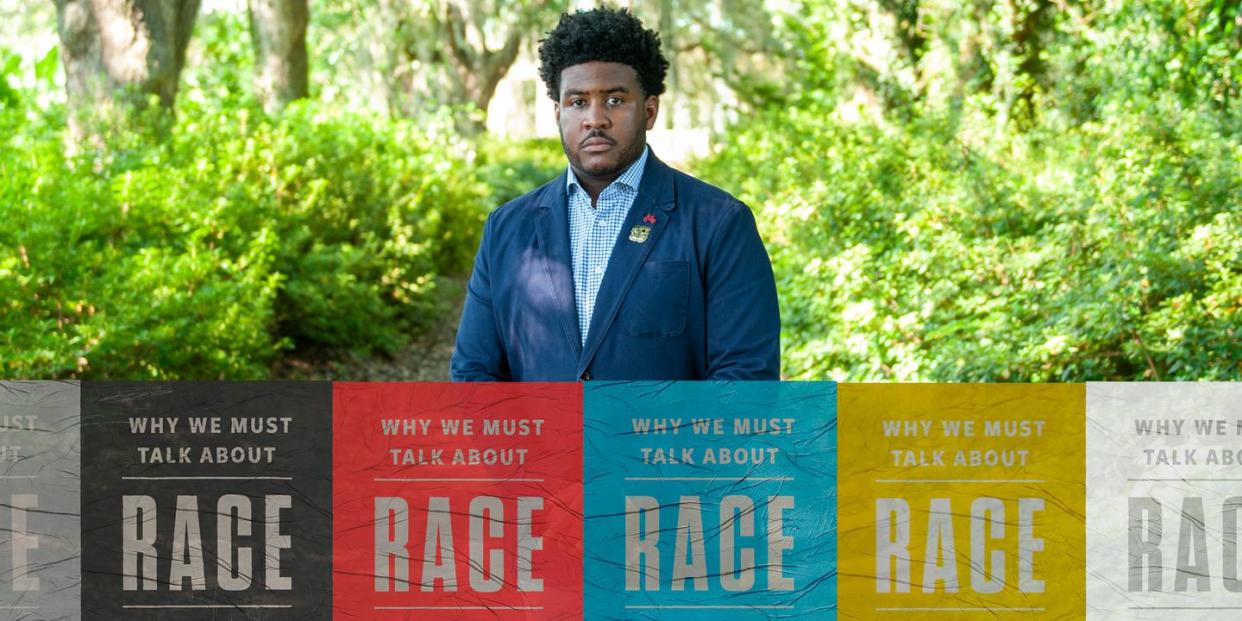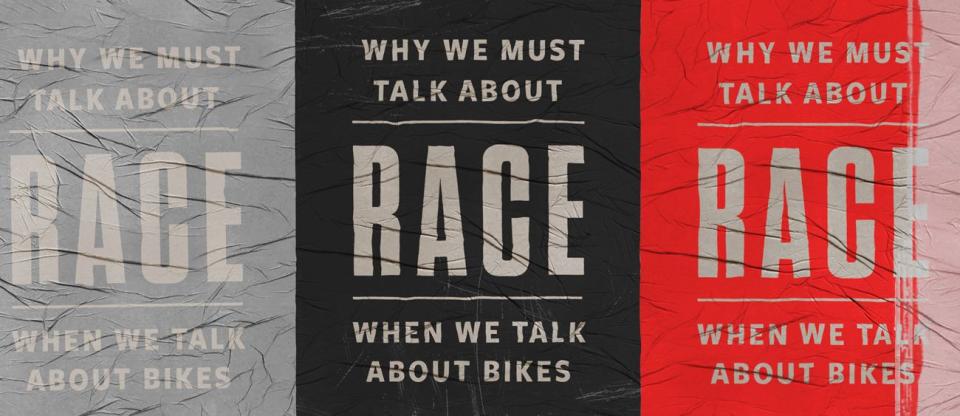Keith Benjamin

➤ The labor movement was my entry point into the world of transportation as TKTKTKrole. Representing over 200,000 transit, airline, and school bus workers around the country, I was privileged to see first-hand the diversity of those who ensured that everyday citizens could safely get from point A to point B. It was that experience that shaped how I participated in the progression of legislation and funding for mobility not just for some but for all. It was impossible for me not to identify solutions in transportation without considering the people experiencing transportation.
Many times the perspective of the privileged is solely the “what.” What are the objectives of our organization? What barriers are in the way of this project? What do we need to do to persuade decision makers? The challenge is to embrace a new perspective and shift the line of questioning. Instead of what we should be asking: who? WHO benefits from change? WHO is a part of the process? and WHO gets left behind? When you focus on the who, you begin to see your blind spots and hear the voices of the unheard.
If you want to just “stick to cycling,” that’s fine. But then you have no choice but to acknowledge the facts of who is dependent on cycling, who is killed or injured the most cycling, and who would choose cycling if it was safe and connected.
In Charleston, the top city in South Carolina for bike and pedestrian deaths and injuries, Black citizens make up 22 percent of our population but represent over 40 percent of bike and pedestrian deaths and injuries. Our hospitality industry is the backbone of our downtown, but only 20 percent of these workers live downtown, so many are relegated to disconnected alternative modes of transportation just to get to work on time. For our fixed transit routes, 65 percent of our riders are Black, over 70 percent have a household income of $45,000 or less, and over 89 percent walk or bike to the transit stop.
So if the goal is to just stick to cycling, that means you are in the business of writing new narratives on what access and opportunity look like. If you are sticking to cycling, you are committed to acknowledging the mistakes of our planning history so cycling is a safe reality for all. If you are sticking to cycling, you have signed up to graduate from equity being sprinkled in at the end of a project process to it being a priority in how we build accessible communities—especially for those who have been traditionally marginalized.
More Stories from Black People Who Love Bikes

You Might Also Like

